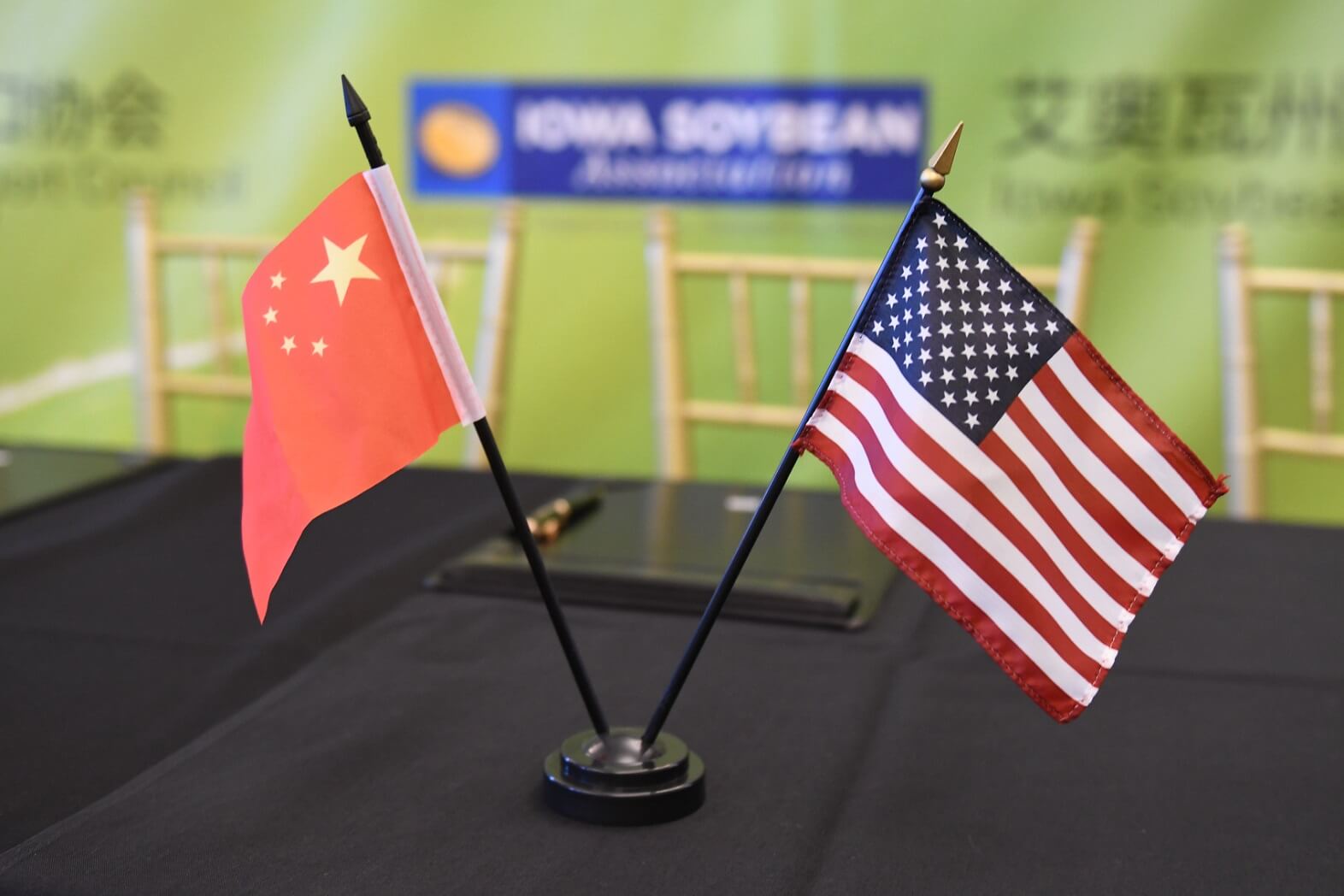
(Photo Credit: Joseph L. Murphy/Iowa Soybean Association)
Statement on Phase I China - U.S. Trade Agreement
January 15, 2020
The following comments are provided by Iowa Soybean Association President Tim Bardole of Rippey in response to today’s signing of a phase I China-U.S. trade agreement.
Today’s signing of a phase-one U.S.-China trade agreement is welcomed news for soybean farmers.
When added to the U.S.-Japan trade deal signed late last year and pending Congressional approval of a U.S.-Mexico-Canada Agreement, progress with China offers farmers some optimism as we prepare for the start of another growing season.
Reaching this phase-one agreement, however, is just the first step on a long journey to restoring nearly two years of lost sales to the world’s No-1 soybean buyer. America is now a residual – rather than primary – supplier to a country of 1.4 billion people. The impact of this trade inversion will not be overcome quickly or easily.
While few details regarding the broader trade issues involved in this agreement have been released, today’s action is a step in the right direction.
As additional negotiations proceed, the Iowa Soybean Association will continue to pursue new market opportunities and increased sales. An ISA-led trade mission will soon travel to Bangladesh and Pakistan to meet with key soybean buyers and processors. The ISA will also continue to support the domestic growth of livestock, poultry and dairy production and new uses to drive greater soybean demand and sales.
The Iowa Soybean Association is Driven To Deliver market demand, production research, information and insights and regulatory action benefiting Iowa's 37,000 soybean farmers and the industry. For more information, visit iasoybeans.com.
Back